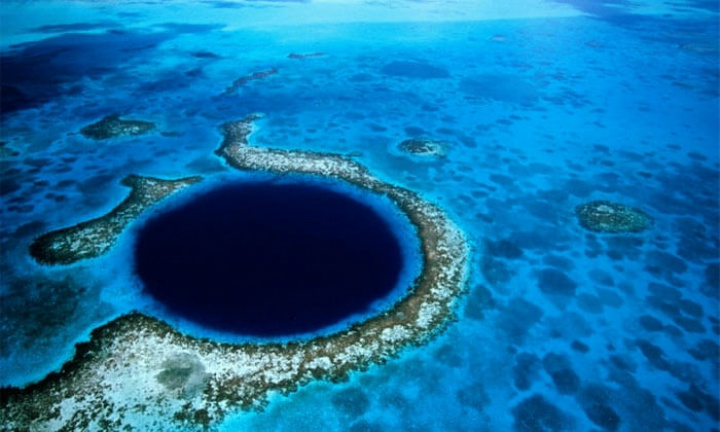Easily Accessible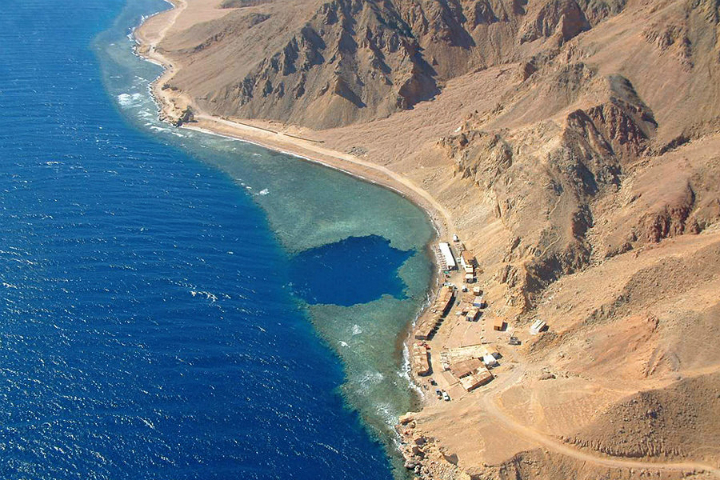
The Blue Hole of Sinai can be easily accessed from the rocky shores on the beach unlike the Blue Hole of Belize that required a long boat ride from the shore. Despite its close proximity to the land, looks can often be decisive. This Blue Hole is situated in the middle of the coral reef, but it has its own drop-off points prior to the entry to the sinkhole. Depending upon the access point the diver chooses to enter, it can turn into a last swim within seconds.
The Arch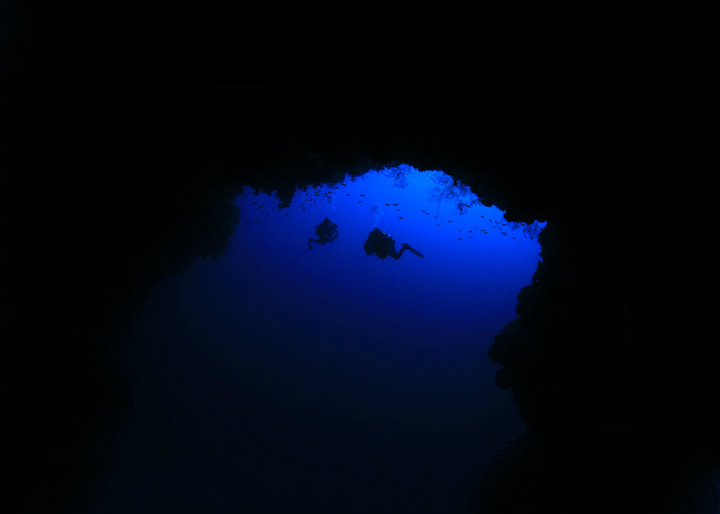
The element that makes this Blue Hole notoriously dangerous is its very structure which the professionals term as “The Arch.” The Arch is simply a tunnel under the reef that links the Blue Hole to the Red Sea, on the opposite side. While there is no thick layer of nitrogen sulfide in the depths of the Blue Hole of Sinai. Having said that, there’s an invisible presence in this sinkhole that disorients divers. The phenomenon is known as nitrogen narcosis and it creates altering effects of depth on the diver’s consciousness.
Fatal Attraction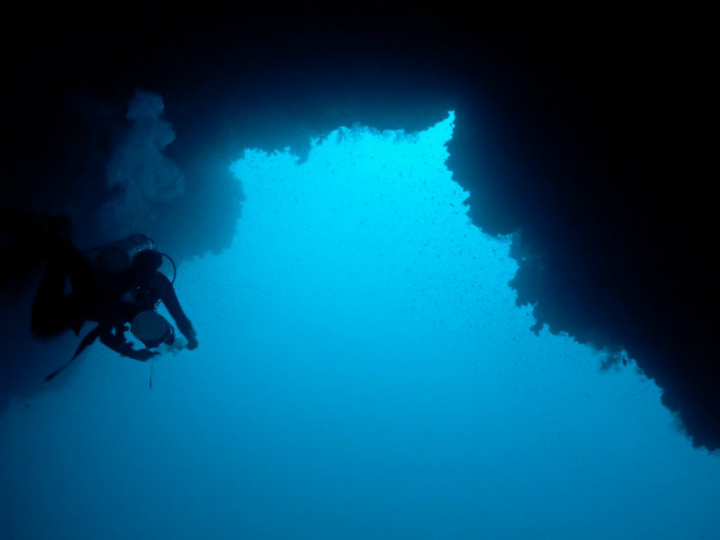
The Blue Hole appears far shorter than its actual size due to the underwater illusions that can disorient one’s idea about the distance along the arch. It is proven that nitrogen narcosis can lead to hallucinations. Whatever the reason is, only the most skillful and experienced divers can take a plunge into the Blue Hole of Sinai. The Blue Hole in Sinai is deemed as the most dangerous diving spot across the globe. As per the record, more than 200 divers who once entered the sinkhole have failed to make it out alive. It is one of the most exquisite natural sites from the outer surface yet still susceptible to the man-made pollutants that are visible on the nearby shores.
You Can Run, But You Can’t Hide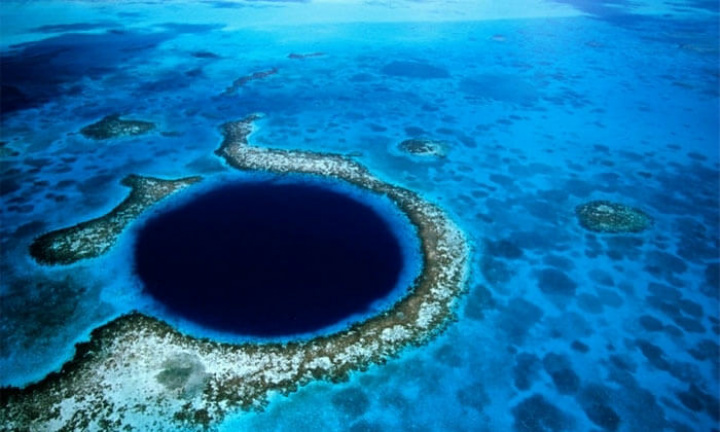
The Mariana Trench is the deepest point in the ocean but that is just not enough to save it from plastic pollutants. The 36,000 feet deep sub-part of the great Pacific Ocean is a deposit of plastic bags. yes, the ones we use to put our groceries. Scientists documented the waste with multiple photos and videos that were captured by 5,010 divers. The photos and videos had been collected over the last three decades for keeping the Deep-Sea Debris Database up-to-date.
The Ugly Truth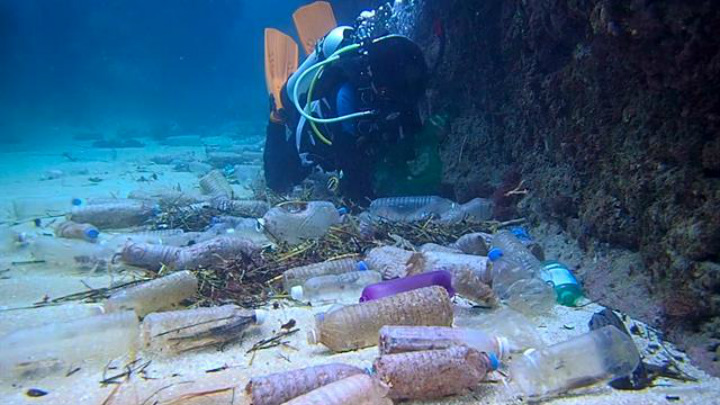
Plastic among all the other waste is the most common and prevalent(specifically plastic bags) according to the Deep-Sea Debris Database. Other common waste materials were cloth, wood, metal, and rubber while some waste is yet unclassified. Moreover, 89 percent of the total plastic waste found was single-use plastic like water bottles and utensils. However, there’s more bad news as things are much worse under the surface.
A Dangerous Interaction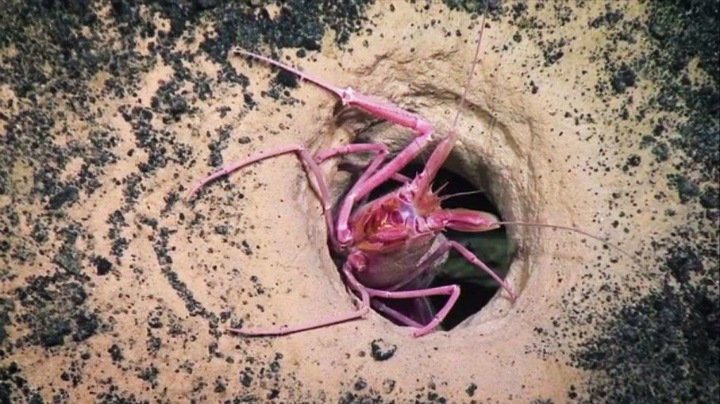
It was discovered by the NOAA’s Okeanos Explorer that the Mariana Trench and its marine were in the harm’s way. Some of the images taken for examination displayed that some organisms entangled in the plastic debris that choked them to death. The worrying question was where exactly had this plastic waste been coming from when the trench itself is located miles away from any sort of civilization? Plastic is non-degradable and it might take as much as hundreds of years for single-use plastic to break down. The plastic dumped into water bodies further sweeps away into the oceans and a study that had been lately conducted made an astonishing revelation.
